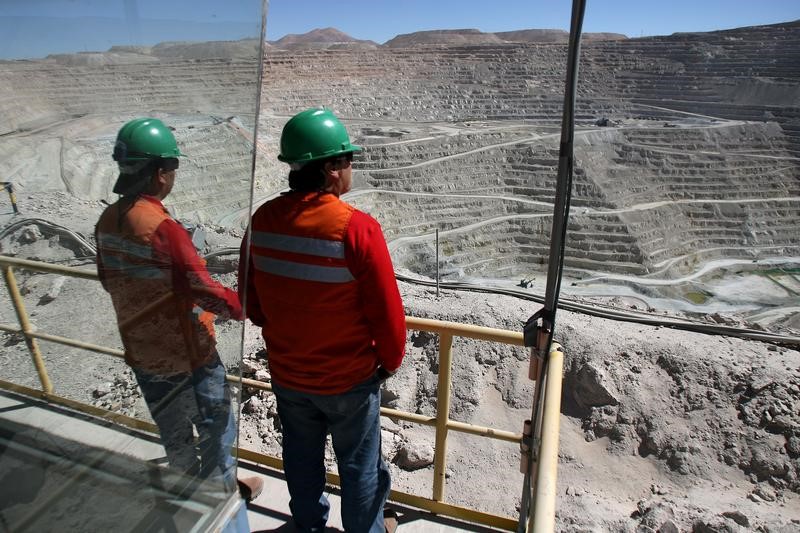MEXICO CITY (Reuters) - Mexico's economy activity was flat in May after the mining sector dragged down overall economic activity, fueling a debate over whether Latin America's second-largest economy is heading towards a recession.
The country's national statistics agency INEGI reported on Friday that economic activity was essentially flat from a month earlier but contracted 0.4 percent when compared with the same month a year earlier.
Mexico's preliminary economic data for the April-June period is due next week, and is likely to trigger further differences of opinion about whether Mexico is in a recession or heading that way.
The government is unlikely to accept that a small contraction in the economy is a recession, but private economists will argue that it marks a technical recession, after the economy shrunk in Q1.
Goldman Sachs' head of Latin American research Alberto Ramos highlighted in a research note that a 8.9% contraction in the mining sector compared to the same month a year earlier was largely to blame for the overall flat activity.
Mexico is the world's top silver producer and one of the largest producers of both copper and gold. The mining sector is an important part of the Mexican economy, contributing about 4 percent of its GDP.
Jonathan Heath, a former HSBC chief economist appointed to the central bank board by President Andres Manuel Lopez Obrador's government, called the results in a Tweet "not such bad news," considering that many had feared a larger contraction.
Newly appointed Finance Minister Arturo Herrera has said he was "very, very far from thinking that we are close to a recession" after some banks forecast second-quarter GDP results would show six months of contraction.
Earlier this week, Lopez Obrador criticized the use of GDP as a yardstick for development and past actions by the International Monetary Fund, which had lowered its GDP growth estimate for Mexico for this year to 0.9% from 1.6%.
Lopez Obrador reiterated his forecast for 2% growth this year and that his administration would measure its success in numbers on poverty reduction, wealth distribution as well as access to education and health services.
